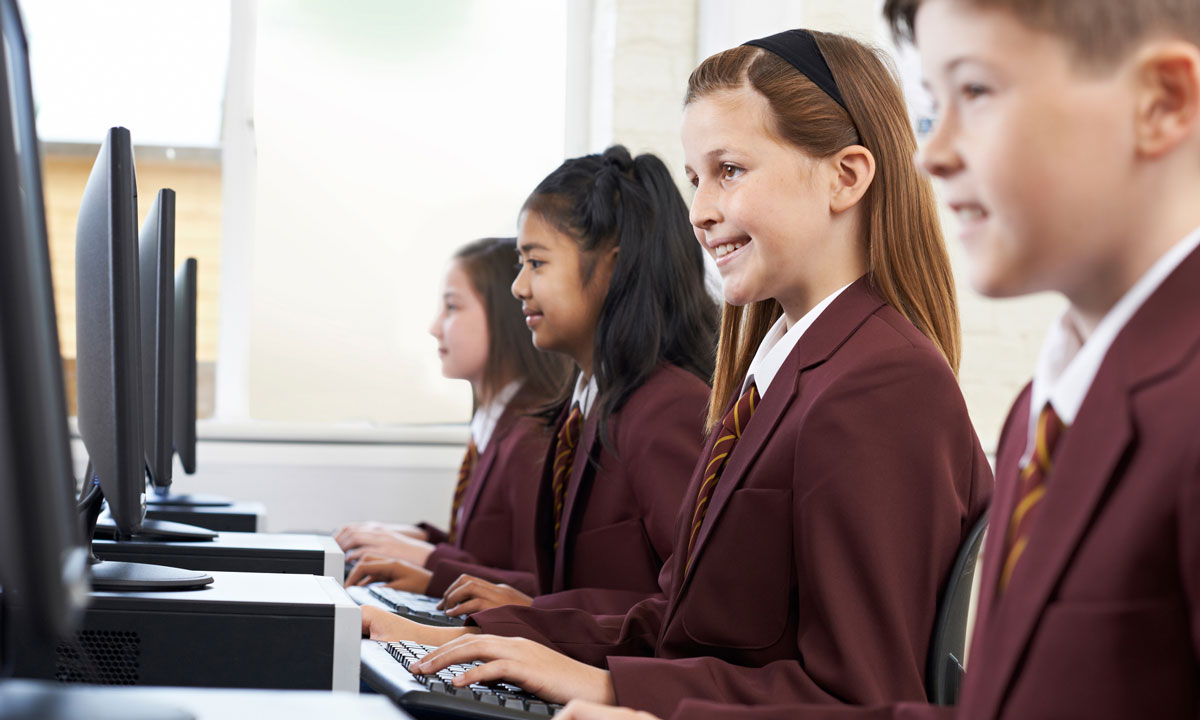State Report Gives High Marks to Washington’s Charter School Sector
Black and Hispanic students, English learners and children from low-income households are consistently performing better in charter schools.

Get stories like this delivered straight to your inbox. Sign up for The 74 Newsletter
Washington’s charter school students are scoring similar or better than their traditional public school peers, according to a new report released by the State Board of Education.
The report, which analyzes data from the 2022-2023 school year, also found Black and Hispanic students, English learners and children from low-income households are consistently performing better in charter schools than in traditional public schools.
And for nearly all student groups, improvement in English language arts and math was “statistically and meaningfully higher for the charter school students,” said Andrew Parr, author of the report and the State Board of Education’s research director.
“I think that’s the single most important thing I saw,” Parr said.
Washington has only 18 charter schools, which are publicly funded but privately run. They enroll about 5,000 students statewide —a fraction of the total public school population, which is about one million students.
The state’s charter school law is unique in its emphasis on racial equity: 62% of students attending Washington’s charter schools are students of color, as opposed to just over 50% of the general public school population, according to the Washington State Charters School Association.
The new report comes as Why Not You Academy, a Des Moines charter school backed by former Seattle Seahawks quarterback Russell Wilson, faces potential closure after the Seattle Times reported allegations of a toxic and chaotic environment.
While students at charter schools scored better or similar to their home school districts — depending on the subject area — on spring 2023 statewide tests, the percentage of charter school students regularly attending school is lower than their traditional public school peers.
Charter school students are also less likely to participate in dual credit courses, according to the report.
Parr said attendance across the state has declined since the pandemic, and can vary widely between schools. Charter schools may also be less likely to have the resources to offer dual credit, he added, because they receive less funding due to a state Supreme Court decision that barred charters from accessing local levy money.
In the report, the State Board of Education recommends increasing state funding for charter schools and allowing more charter schools to be authorized, as the window for authorizing charter schools under state law has closed.
Critics of charter schools often argue that they take money away from traditional public schools. But Parr said charter schools can push traditional public schools to improve because they create competition.
Research into the issue is mixed; whether charter schools drain money from traditional public schools often has to do with a state’s specific policies and the context of a district’s community.
This year, the Legislature allocated $7.8 million to charter schools, which will allow charters to receive $1,500 per student. Parr wants lawmakers to continue offering those funds in the future.
“That’s just a one-time thing. So that’ll help this year, and hopefully, it’ll be something that will be [offered] in the future…to really shore up charter school funding,” Parr said.
Washington State Standard is part of States Newsroom, a nonprofit news network supported by grants and a coalition of donors as a 501c(3) public charity. Washington State Standard maintains editorial independence. Contact Editor Bill Lucia for questions: info@washingtonstatestandard.com. Follow Washington State Standard on Facebook and Twitter.
Get stories like these delivered straight to your inbox. Sign up for The 74 Newsletter

;)